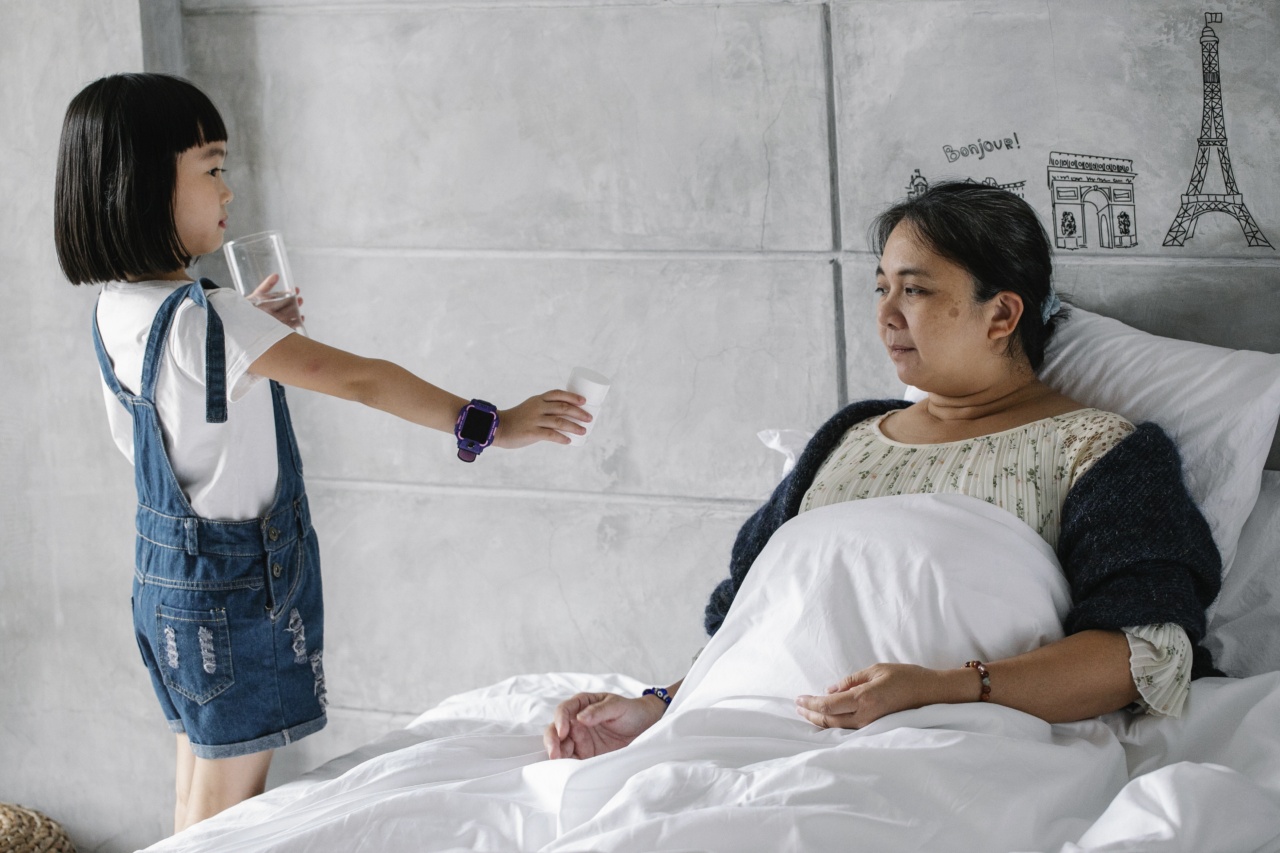Breast pain is not uncommon in adults, but it can also affect children, specifically teenage girls. Breast pain is usually not a cause for concern, but in some cases, it may indicate an underlying health condition.
In this article, we will discuss the main causes and symptoms of breast pain in children and what parents can do to help.
What Causes Breast Pain in Children?
There are several reasons why children may experience breast pain:.
Puberty
The most common cause of breast pain in girls is puberty. When a girl enters puberty, her body starts developing breasts, which may cause tenderness, soreness, or swelling. This usually occurs between the ages of 8 and 13 years old.
Breast pain related to puberty usually goes away on its own within a few months.
Hormonal Changes
During the menstrual cycle, hormonal changes can lead to breast pain in some girls. This is usually experienced a few days before the start of their period and may last throughout the menstrual cycle.
This type of breast pain is also common in adult women.
Injury or Trauma
Children may experience breast pain due to an injury or trauma, such as falling or being hit in the breast area. Breasts may also become tender or sore after exercise or other physical activity.
Infection
Although rare, breast infections can occur in children. This is usually the result of an infection in the breast tissue, which can cause pain and swelling.
When to See a Doctor
In most cases, breast pain in children is not a cause for concern, but parents should seek medical attention if the child experiences:.
- Breast pain that lasts longer than a few weeks
- Breast pain that interferes with daily activities or sleep
- Unusual breast discharge
- Lump or swelling in the breast or under the arm
- Redness, warmth, or tenderness in the breast area
These symptoms may indicate an underlying health condition that requires treatment.
How to Manage Breast Pain in Children
Most cases of breast pain in children can be managed at home with some simple measures:.
Supportive Bras
A well-fitting bra can provide support to the breasts and reduce pain and discomfort. Parents should make sure the child’s bra is not too tight or too loose, as both can cause discomfort.
Hot or Cold Compresses
Hot or cold compresses applied to the breast area can help reduce pain and swelling. Parents should use a hot or cold compress depending on what the child finds most comfortable.
Pain Medication
If the breast pain is severe, pain medications such as ibuprofen or acetaminophen can help reduce pain and discomfort. Parents should consult with a pediatrician before giving any medication to a child.
Healthy Lifestyle
Parents should encourage their child to maintain a healthy lifestyle by eating a balanced diet, staying hydrated, and getting enough sleep and exercise. These measures can help reduce breast pain as well as improve overall health.
Conclusion
Breast pain is not uncommon in children, especially teenage girls. Most cases of breast pain are related to puberty or hormonal changes and go away on their own.
However, parents should seek medical attention if the child experiences prolonged breast pain or other symptoms. Home remedies such as supportive bras, hot or cold compresses, and pain medication can help manage breast pain in children, but a healthy lifestyle is also important.
Parents should encourage their child to eat well, stay hydrated, exercise regularly, and get enough sleep for optimal health.































